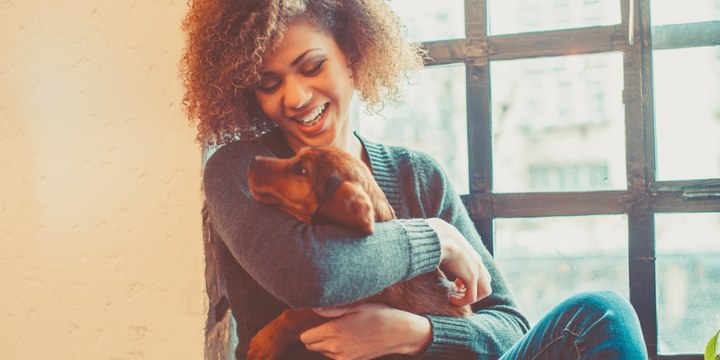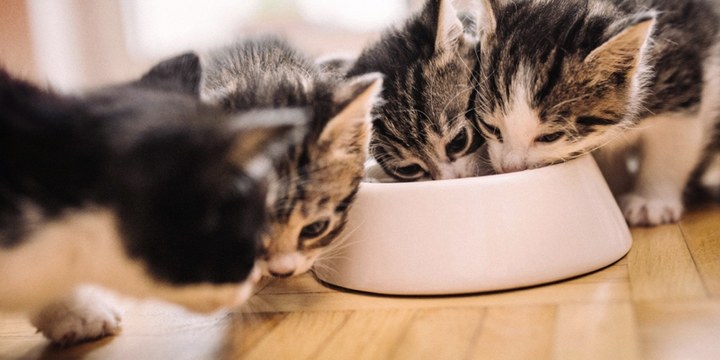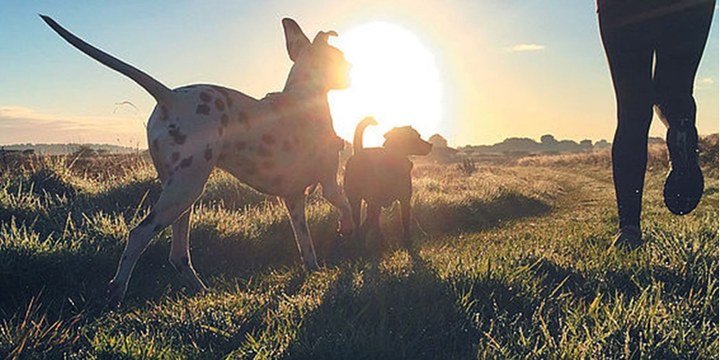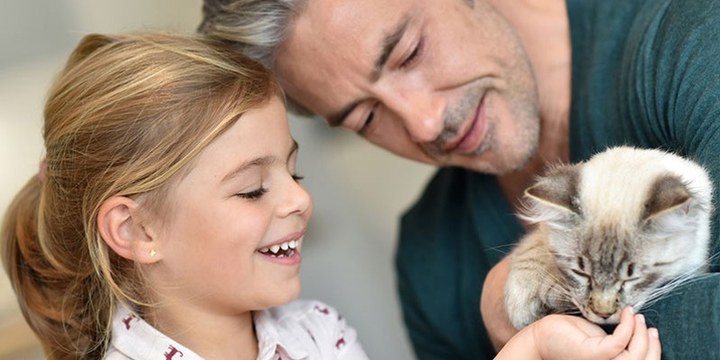Dominik gets home from work at around six o’clock but Roxy knows she’s coming as soon as she hears the handle on the front garden gate being lifted…
How to stay at the forefront of an evolving pet food and pet care industry
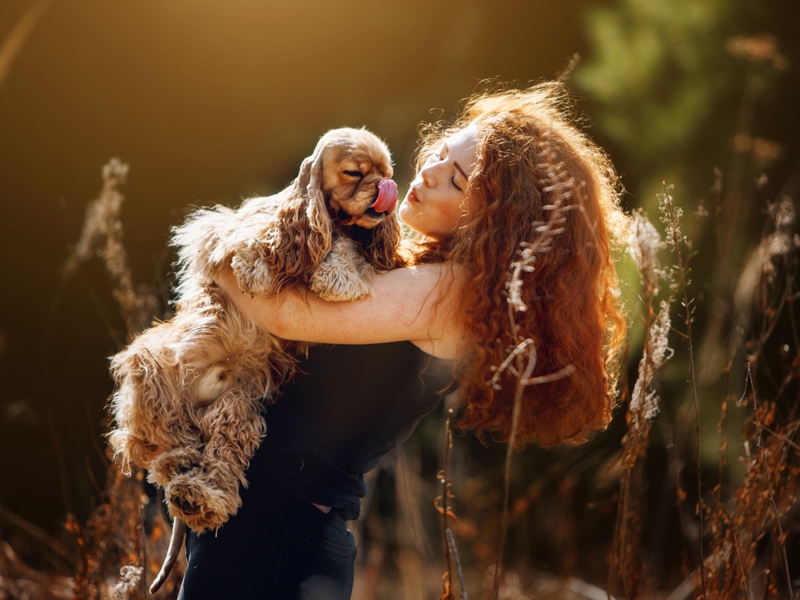
She’s barely through the door before Roxy springs into her arms – wide-eyed and wagging tail, the golden-haired cocker spaniel almost seems to be saying, “welcome home, mum!” as she follows Dominik in to the kitchen. She knows what delights to expect. The first thing Dominik does when she arrives home each day is prepare dinner for herself and Roxy.

Today, it’s a quick linguine dish for Dominik, prepared with shrimps from the local market and cherry tomatoes from the garden which are finally ripe. For Roxy, the cuisine is equally delicious in its own canine context: her favorite poultry-seasoned kibble with a special extra ingredient: an all-natural solution made with grape and blueberry extracts that helps limit the effects of aging on dogs. Today, Roxy is especially lucky – Dominik is having ice cream for dessert and feels it’s only fair that her dining companion has an extra treat as well. “Here you go,” she says, placing a bone-shaped treat in Roxy’s bowl that has been specially formulated to capture the natural aromas of an oven-baked biscuit.
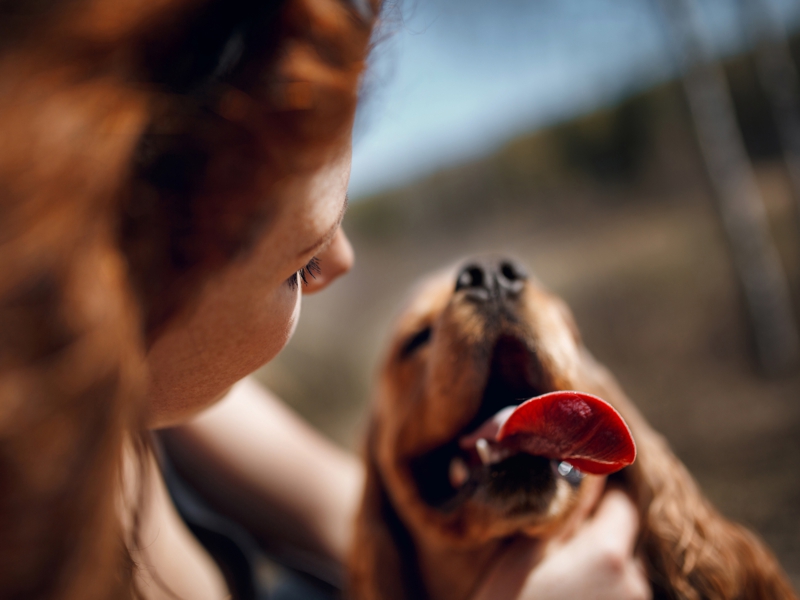
After a long and tiring day at work, Dominik finds herself elated again by Roxy’s own enjoyment. The two retire to the sofa and as night settles, Roxy moves to the specially made dog ‘bed’ that Dominik ‘gifted’ to her last Christmas.
While the close relationship between Dominik and Roxy is undoubtedly special, it is by no means unique – pet owners all over the world are enjoying more mutually loving and rewarding relationships than ever before. Largely gone are the days of keeping a pet in the backyard and feeding it scraps from the table… And pet owners aren’t just going above and beyond at mealtimes. As Bertrand de Launay, President of Diana Pet Food says, “pet humanization extends to pet care as well. That doesn’t just mean litter trays, but shampoos, massage creams, perfumes for your dog to wear. In some daycare centers for pets I’ve seen in the US, they even ask the owners whether their pets would ‘prefer’ to watch Fox News or CNN!” What’s more, 66% of UK pet-owners said that they buy presents and accessories for their pets to enjoy, and about 45% of Asian people think it’s common to throw a birthday party for their pets.
In other words, pets are now firmly part of the family. Pet owners have become ‘pet parents.’
91%
of U.S. pet owners consider their pets to be part of the family
Mintel, ‘America’s Pet
Owners’, 2013
67%
of people in Latin America prefer their pets to their friends
Taringa! Survey, ‘Latin
America’, 2013
53%
of U.S. millennial pet owners believe it is essential to dine with their pets
Wakefield Research Survey, ‘New
petfood consumers: what US
millennials are looking for’, 2014
So why have we seen this shift? There are a number of key factors playing a part. Our societies are increasingly urban, with more and more people living in flats and apartments – that means people are looking for relationships that can thrive in smaller living envrionments (it’s also a large part of the reason that, while the number of medium and large dogs has increased by 40% (Euromonitor - 2011/2016)). People are also living for longer, in increasingly less-traditional family units and lifestyles.
“Maybe you get a pet because you’re reaching retirement age, your children have grown up and left home but you still want to ‘parent’ in some way,” says de Launay. “Or maybe you’re younger than that and simply don’t want kids at all. So you humanize your pet instead.” A 39-year old Beijing pet owner quoted in a Euromonitor report from October 2014 seems to support this: “[My partner and I] don’t want children because we feel it’s too expensive and tiring… and I don’t want to become a full-time housewife.”
$600
million spent on pet grooming by Australians in 2016
The Australian, ‘Australians are
spending $12 billion a year on
their pet animals’, 2017
32%
of Asian people said that it was common to set up social media profiles for pets
Euromonitor, ‘Pet humanisation:
the trend and its strategic impact
on global pet care markets’, 2014
25%
of all British pets are insured
The Australian, 'Australians are
spending $12 billion a year on
their pet animals',2017
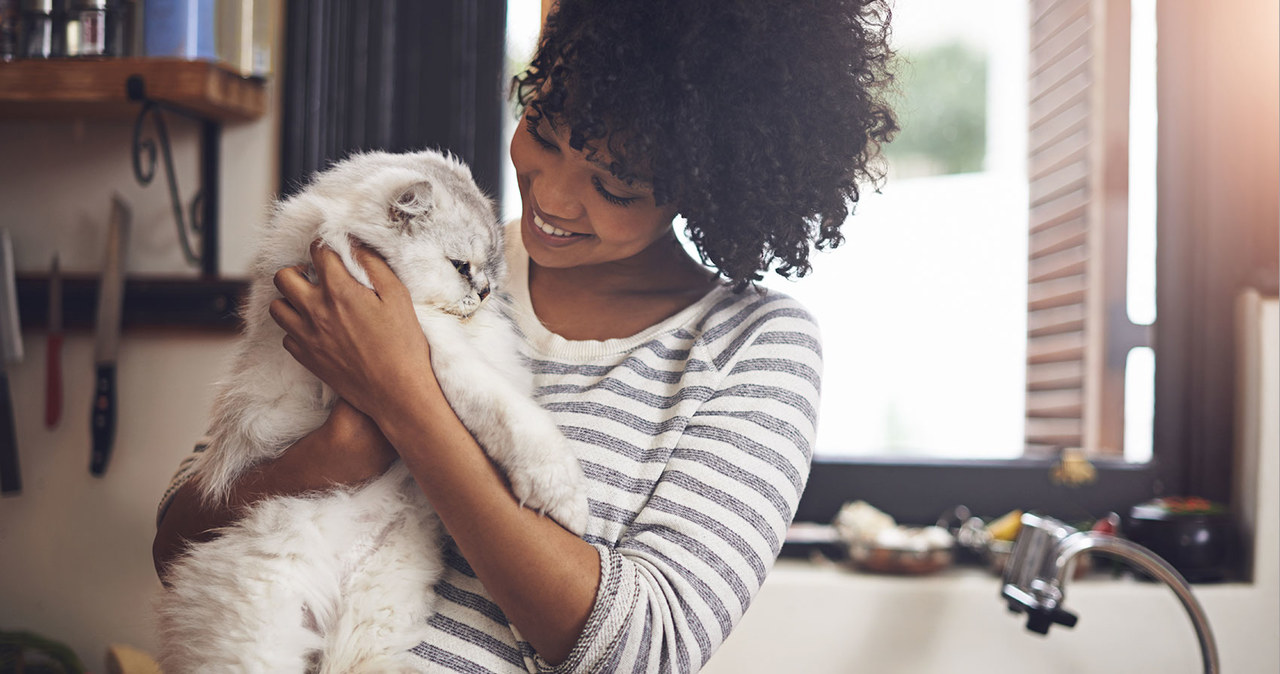
The pioneers of
Diana Pet Food
As you might expect, the move to pet parenting has major implications for the pet food and pet care industry. But in order to offer the best possible solutions and products for this evolving demographic, you first have to understand it as comprehensively as possible. In 2014, Symrise completed the acquisition of Diana Group, now the Nutrition division, global leader in natural and nutritional ingredients with dedicated pet food business units.
At the forefront of this is the Diana Pet Food expert brand SPF, whose enhanced sensorial solutions have made them the worldwide leaders in pet palatability. Further brands such as Videka (long-lasting and natural pet food protection), Vivae (nutritious health and well-being ingredients for pets) and Odalia (unique scent and care solutions) have further laid the foundations for an expert response to the pet parenting trend.
Two years after the acquisition, Diana Pet Food bought a stake in the social network Yummypets, which we have since increased to a majority as we look to further capture the pet parenting market. The site, which enables owners to create profiles for their pets and interact with other pets/owners, isn’t just a cornucopia of cute cat and dog pictures – it also provides invaluable big data on the likes, dislikes and habits of increasingly influential pet parents. That data can be anonymized and grouped into consumer profiles, and while it is still early days, the insights from these profiles present a number of exciting possibilities for the pet brands that Diana Pet Food works with. “Say you want to market a product to German Shepherd owners over 70 years old,” says de Launay, “we can provide access to a database of the most engaged consumers out there who fit that profile. Providers of pet insurance might want to reach owners of pets most likely to need medical care. Locally-elected officials might be interested to know that the sizeable number of dog owners in their district would respond favorably to a new local, dog-walking park…”
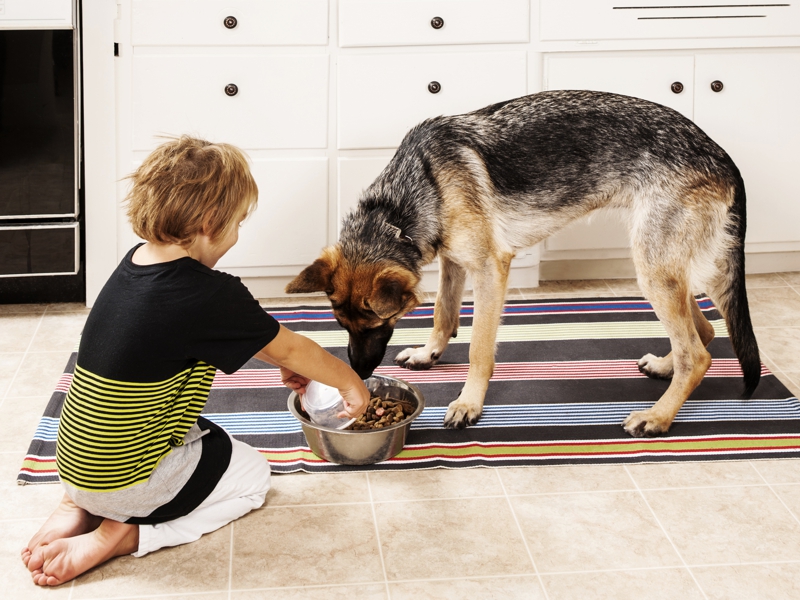
Our innovative R&D teams drive our
pet-parenting solutions
“R&D is crucial to the work we do around humanization: solutions
that work for the cat and the dog but also for the people who buy the products! We have a very wide network of relationships with universities, technical partners and external labs, and we’re proud to hold more patents in this area than any of our competitors.”
Alexis Peuto, R&D Operations Manager, Diana Pet Food
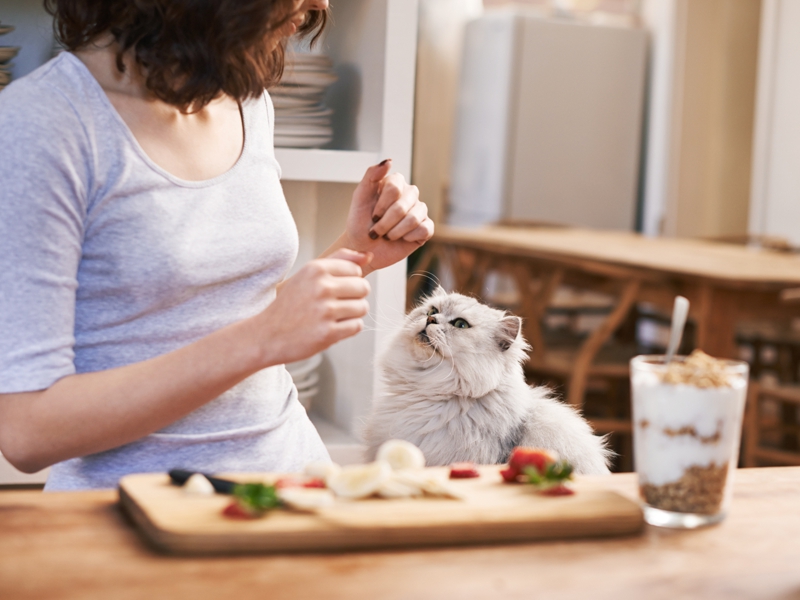
Our insights and innovation are underpinned by the highest possible production standards.
“Food safety is more important than ever now that dogs and cats live in the home – on the knees, on the bed, in the kitchen – in fact sometimes the standards and requirements for kibble are more stringent than for baby food even! Good manufacturing practices are essential for meeting the demands of both regulatory bodies, our customers and our consumers.”
Loic Cosquer, Global QHSE Manager, Diana Pet Food
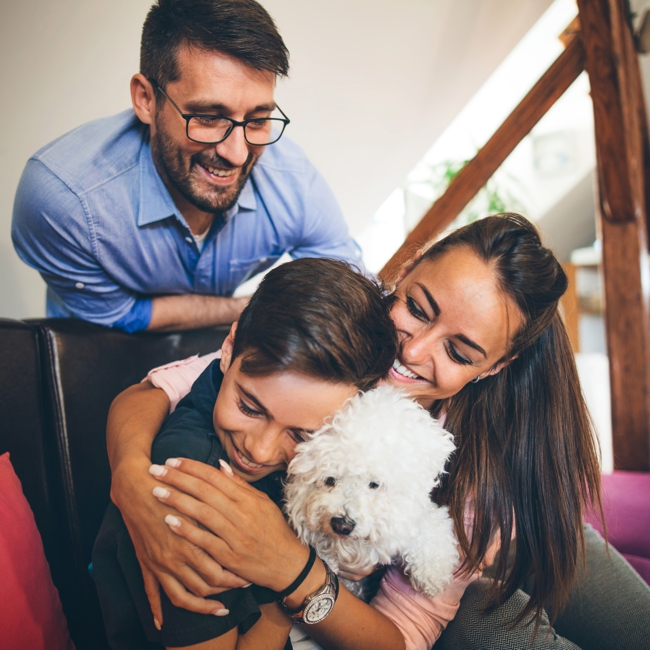
Living in harmony
Our own pet-focused output is also increasingly diverse, as pet parenting and other trends
grow and expand the value of the pet markets. We’re combining the expertise of Symrise’s
flavor & fragrance segments with Diana Pet Food’s knowledge and experience of the pet food
world to create solutions that go above and beyond palatability.
For example, the Odalia commercial library is an innovative solution that addresses what can be a problematic aspect of pet ownership: the fact that a pet’s idea of an attractive smell is very different to its owner’s idea of a pleasant smell!
The Odalia commercial library tackles the issue of unpleasant-smelling litter trays that has become more of an issue as people and their pets relocate to smaller, apartment-based living. “Pet owners are just trying to find a way to live in perfect harmony with their pets,” says Marc-Henri Lussigny, Director of Odalia.
“They love them, but also have to accept there are certain issues involved in sharing their home that need to be addressed.
Since we’ve been able to work with Symrise and mix their expertise in scent and care with our cat behavior expertise, we have been able to create a unique position for ourselves around the malodor management of cat litter. We really have no competition because no other company is able to provide a fragrance that is pleasant for both cats and owners! It’s really unique and we’re excited to apply our innovations to other areas, such as pet shampoo and oral care.”
Pet owners are just trying to find a way to live in perfect harmony with their pets.Marc-Henri Lussigny, Director of Odalia
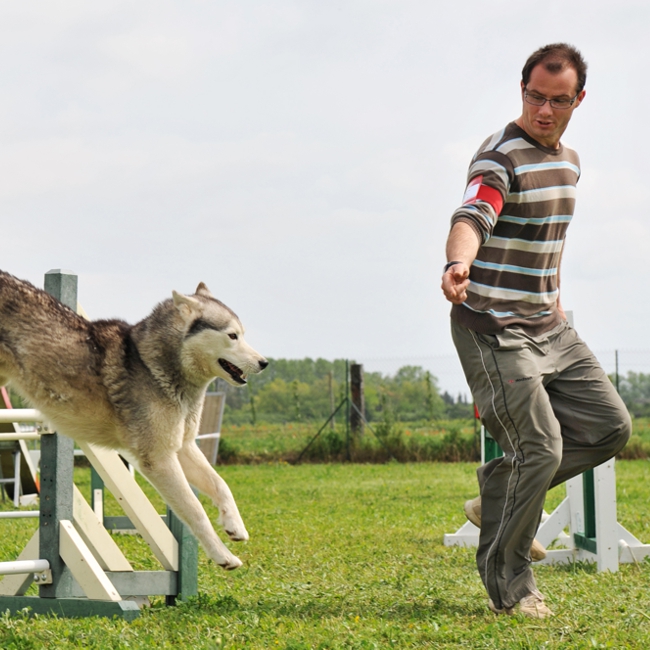
An understanding of pet behavior
Understanding cat and dog behavior, and the way they relate to different products, is crucial to capitalizing on the pet parenting trend
At the core of our industry-leading insights and market-leading position in pet palatability lies Panelis: our innovative, pet-friendly measurement centers that were ahead of the curve when they launched seventeen years ago and continue to evolve in line with new trends and demands. Situated in the rolling countryside that surrounds Diana Pet Food’s Brittany headquarters, the flagship European branch is a dreamy utopia for cats and dogs. We also have Panelis centers in the USA and Brazil, each housing the most popular breeds in their region and totaling over 300 dogs and 600 cats between all three.
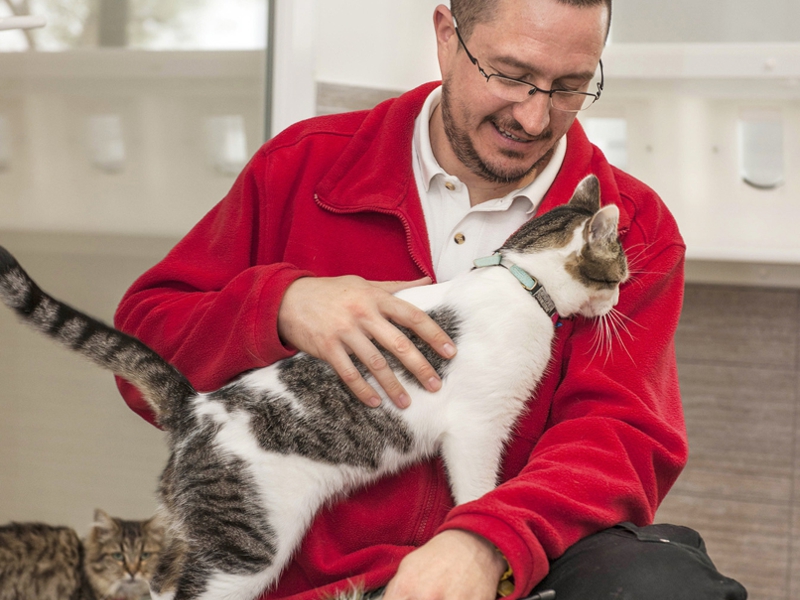
“We have almost fifty animal technicians taking care of the animals here at the Brittany center,” says Christelle Tobie, Panelis Business Development Manager. “But a large part of their day is dedicated to well-being activities for the animals. The first thing is to make sure they’re outside and enjoying different exercises and activities for as much of the day as possible.”
De Launay however is quick to acknowledge the serious, scientific side to Panelis. “Everyone’s reaction to seeing Panelis is to say how amazing it is – but we are not here just to run a five-star pet hotel! Behind everything is the protocol, the scientists, the statisticians…”
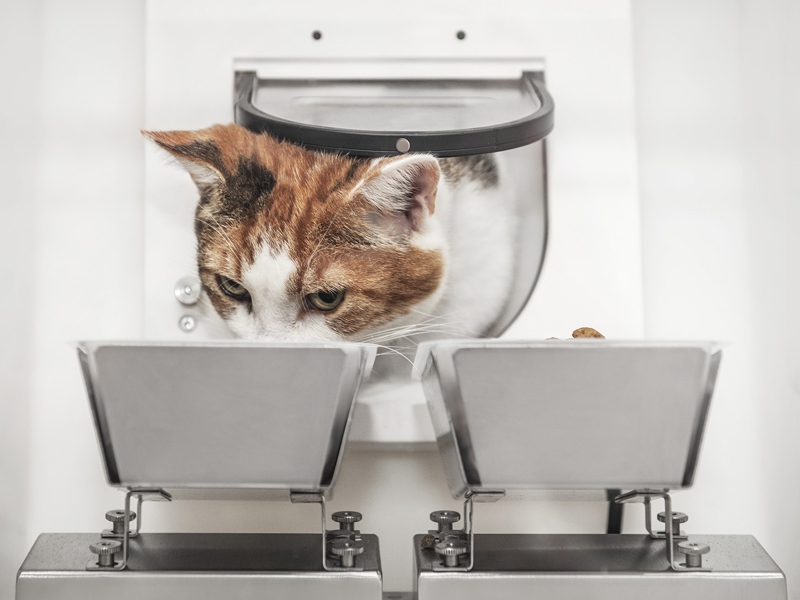
Inevitably, it’s around mealtimes when the (scientific) magic happens. Each morning and evening, the animals are given a choice between two bowls, which are on scales connected to a special computer system. They’re also equipped with a chip on their collar that can track their physical movements and reactions both during and after eating, as well as in the longer term. The insights gained from this meticulous daily process play a direct role in ensuring that the solutions our customers bring to market get the best possible reaction from their canine and feline diners. “Pet food is very similar to the baby food market in some ways,” says de Launay. “Sure, the ‘parent’ makes the initial buying decision, but it’s the ‘baby’ that decides on repeat purchases. That’s why our ingredients are so crucial to pet manufacturers.”
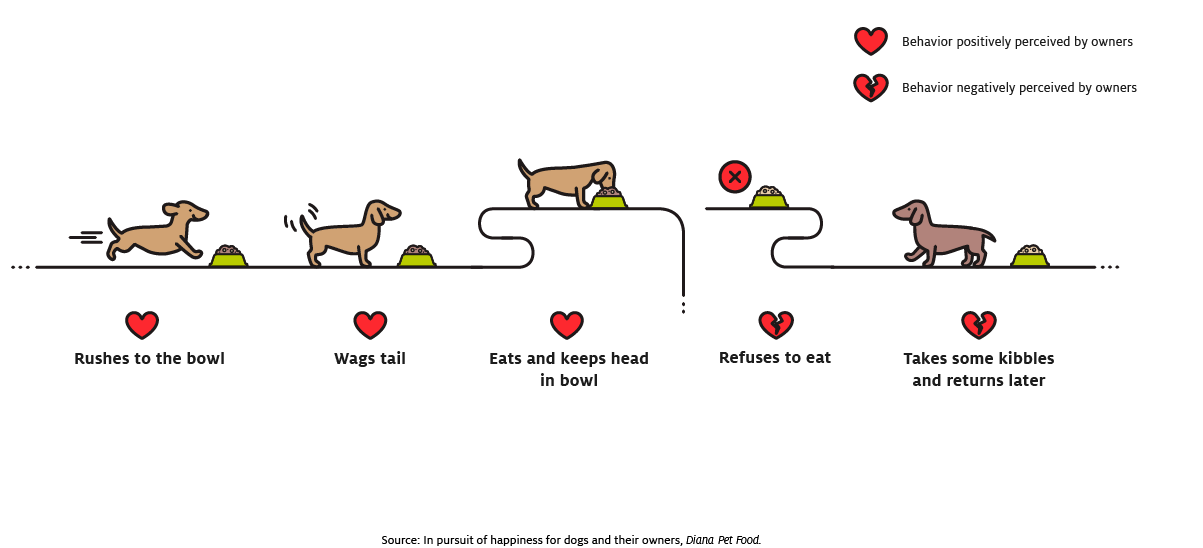
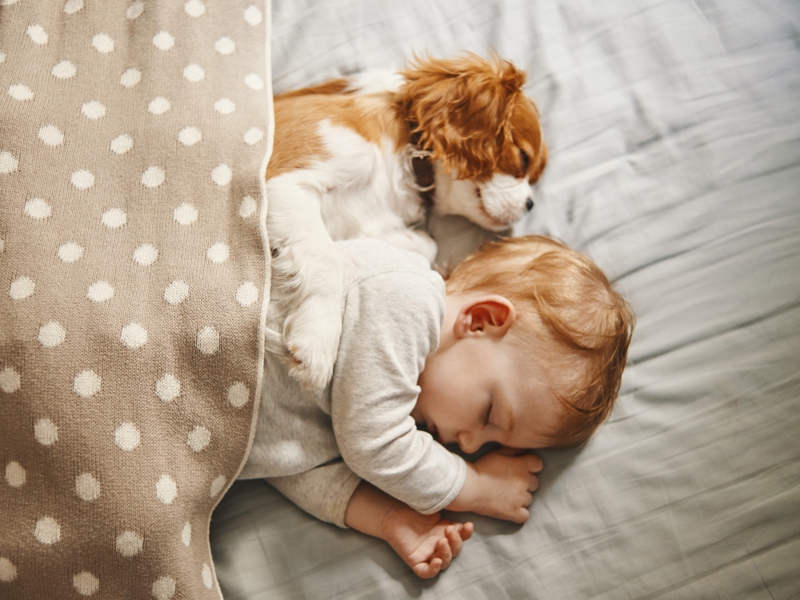
Pets are also similar to babies in that they can’t communicate their reactions to a particular food verbally. This creates a particular challenge for the 8,000+ palatability tests that are carried out at the three Panelis centers around the world each year. To ensure the best possible results, all of the animals at the center – whether that’s Jingle the schnauzer or Pops the golden retriever – are trained in high-feeding diversity from three months old. “We make sure they’re really able to develop their olfactory and gustatory capacities,” says Tobie, “so they’re really able to detect the finest of differences between different foods.”
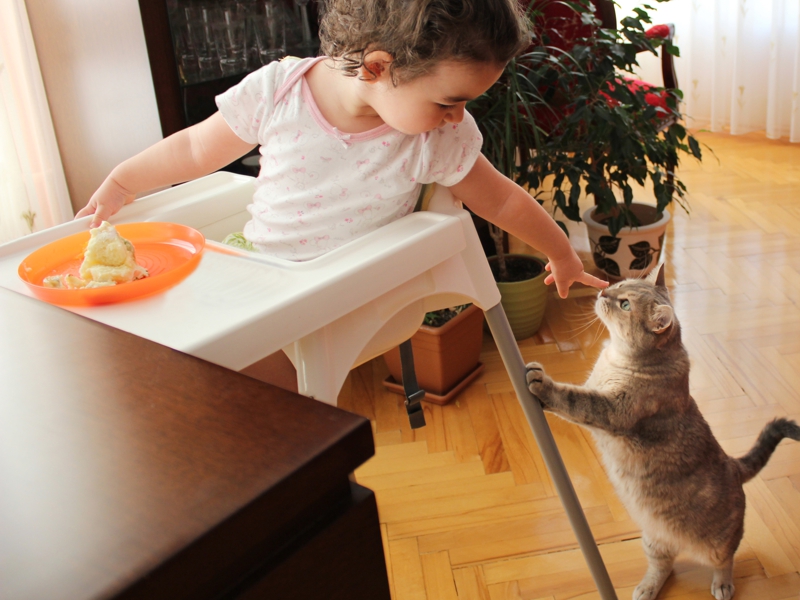
Over the years, the R&D teams have developed innovative methods with specific indicators for tracking an animal level of enjoyment, in a way that is also visible and meaningful for the owner.
In many ways, it is the clearest recognition that the concept of pet food palatability is entering new dimensions. Pet parenting and the increasing emotional bond that exists between owner and pet means that it’s no longer just about the pet’s satisfaction – it’s about finding ways for the owner to understand, share in and enjoy the satisfaction that their pet is experiencing.
One only needs to take a look at Dominik and Roxy to see just how important that mutual joy is. It’s here, in the home, that our work around pet parenting comes to fruition: the evolved approach to palatability, the extended expertise into pet care products and the focus on pet and consumer insights that helps us understand ‘pet parenting’ like no other company.

